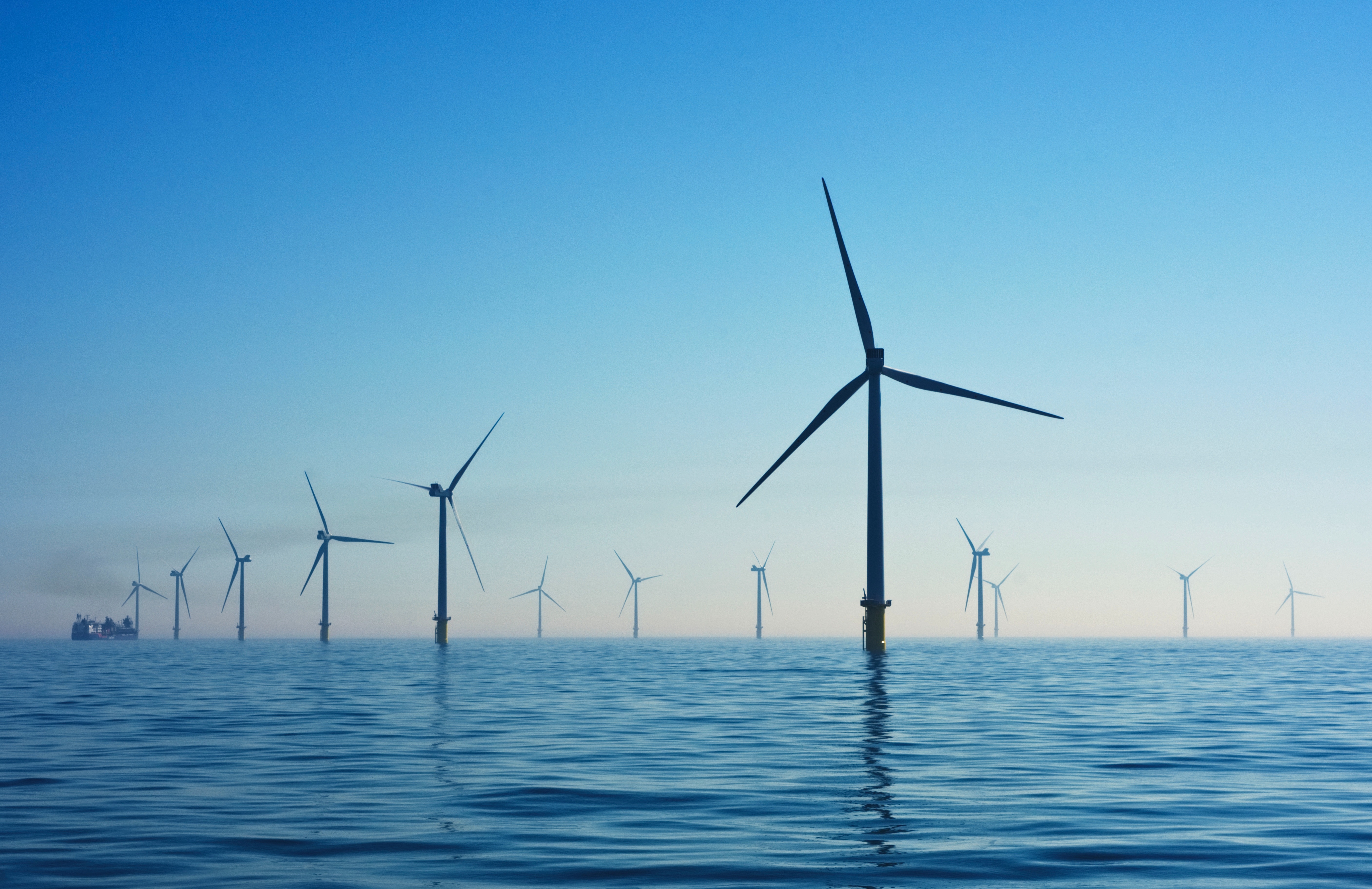What are PPAs and how are they helping renewable energy grow?
renewable energy

renewable energy
With the ever-increasing push towards using renewable power, the amount of investment into gigantic offshore windfarms and solar plants is increasing every year.
All around the world, countries are looking to power generating companies to provide solutions, and in this blog we look at one key aspect of the relationship between the business world and the generators.
Power Purchase Agreements, or PPAs, are when a company signs a contract to buy power at a fixed price on a long-term basis. The fixed-price aspect and longevity mean that a company no longer has to worry about the traditional price volatility seen in power markets.
Power producers invest enormous sums of money to create their facilities, be it a power station, a solar farm or an offshore windfarm. For a long time, they have been incentivised to make these investments by government subsidies which can guarantee the price they will receive, or lower the cost of producing power.
In Europe, we are now seeing subsidy schemes expiring, being lowered or withdrawn entirely. At the same time, stricter environmental guidelines are being created and enforced. What this means is that generators need a way to sell green electricity with as little price volatility as possible, one answer being a power purchase agreement. Another key benefit of this is that consumers have a much more predictable price for the power they use.
The biggest consumers of energy are corporations and companies. All around the world many of these companies are looking for 24/7 access to renewable power, as reliably and cheaply as possible. By committing to long-term PPAs with generators, they achieve two things - first they achieve their aim of having reliable, renewable energy available when they need it. Second, they give developers the return on their investments to build the power generating facilities, stimulating the market and reducing the reliance on state subsidies.
Europe has seen a lot of growth in onshore wind and solar deals, and offshore wind farm agreements are now also starting to be done.
The brewing company AB InBev has a goal of using 100% renewable energy across its global operations, and this year signed the largest solar PPA in Europe. The 130-megawatt agreement will supply enough electricity for 14 breweries across the continent, and also means the German developer is able to finance two new projects.
Another great example of this is the agreement made between the Dutch utility company Eneco and Google. Eneco built its largest onshore windfarm, and Google committed to purchase its total output of 175 GWh for 10 years.
Offshore wind is a "very obvious solution for corporate PPAs, because of its scale and it’s as green as you can get,” said Rasmus Errboe, senior vice president at Ørsted Offshore and the company’s lead on corporate PPAs. [source]
In Taiwan a 20 year contract was signed by the national semiconductor company for the full production of a 920-megawatt offshore windfarm which will come into commercial operation in 2025/26.
German chemical company Covestro has signed a 10-year, 100-megawatt PPA from Ørsted’s Borkum Riffgrund 3 wind farm, which is expected to start producing power in 2025.
Clearly the potential for the market in corporate PPAs for offshore wind is huge, but the scale of investment needed means that it is still likely that governments will continue to back the larger offshore schemes in one way or another.
